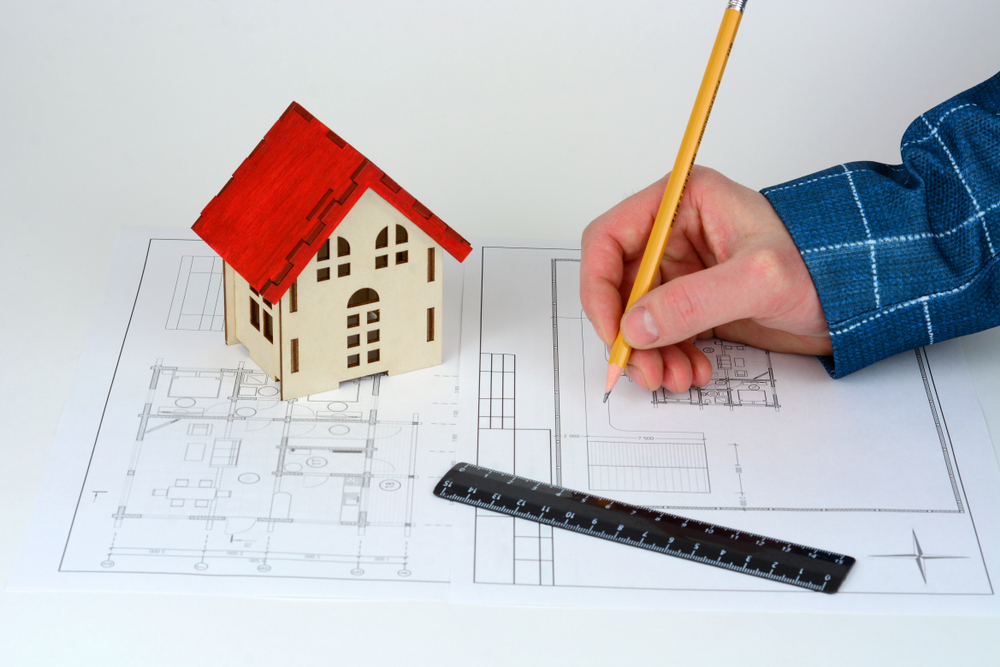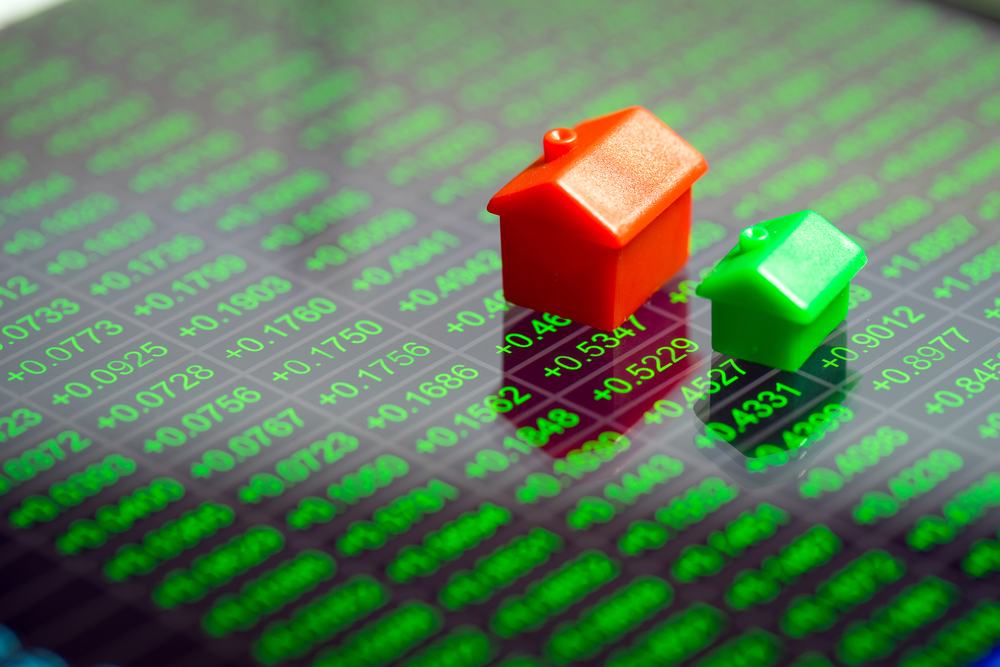
The development, implementation, and auditing of Artificial Intelligence (AI) is a priority for businesses, governments, and regulatory bodies alike. In November, 28 countries signed the Bletchley Declaration at the AI Safety Summit, agreeing on state-led testing of new AI models before release, and the conversation continued at the South Korea summit in May. And although it’s fast developing, AI is already prevalent in our everyday lives – from predictive text to hologram concerts – and the growing discussion around the safe and responsible use of this technology is a promising step towards digital transformation across sectors. Amidst the buzz, it is important to evaluate how AI can safely and responsibly assist in the surveying sector.
AI already revolutionising industries
As we ponder how AI might drive efficiency gains in surveying, it is crucial we look at how it is already transforming other sectors. Within the medical industry, for example, AI has found various use cases from helping to detect cancerous tumours to making decisions about treatments, diagnoses, and medication. Furthermore, AI is being used to assist with research, and to analyse medical imaging and scans for findings that the human eye alone may miss. As we are able to trust this technology to make assessments and work collaboratively with experts in a medical capacity, why should we stop there, and can the surveying industry be transformed in a similar way?
The future of surveying
Surveyors can already use data and machine learning to support with the underwriting process for residential property transactions. Much like a surveyor, the technology can process information to understand the risks associated with a property and whether these will be accepted by a lender, before completing the valuation. Legal & General’s Property Decision Engine (PDE) for example, consists of a data machine learning model and a risk rule model which consume data via API from various sources, to make an informed and accurate assessment of a property.
Looking to the wider surveying industry, researchers at Loughborough University have also developed an AI tool that can detect any deterioration within RAAC (Reinforced Autoclaved Aerated Concrete), and pinpoint the location and proposed lifespan of any cracks. Looking even further to land surveying, machine learning algorithms are being used to automatically detect and map changes in land use over time. This supports professionals in quickly identifying interesting or concerning areas, and helping clients to make well-informed and data-backed decisions. It’s clear that this technology is already delivering huge value and time savings.
Co-pilot, not autopilot
However, while AI has already found various important uses, we must remember that it is also our co-pilot and designed to enhance the work that we already do as surveyors. While the technology can be hugely helpful in boosting efficiency, optimising processes, and processing information, it cannot replace the more nuanced judgement of professionals, and will need to be audited with a human eye. And, ultimately, it is only as good and responsible as the person using it, and the framework it sits in.
Qualified and experienced surveyors, and the expertise they employ with every job, remain the backbone of the industry. So the question remains, if consumers can trust AI to assist a professional when flying a plane or to contribute to medical research, why should we not trust it to complete a property valuation?
Richard Fisk is operational director at Legal & General Surveying Services



